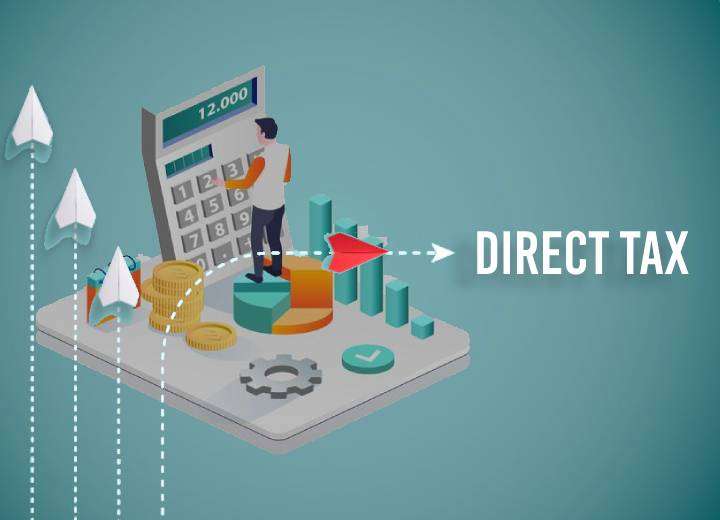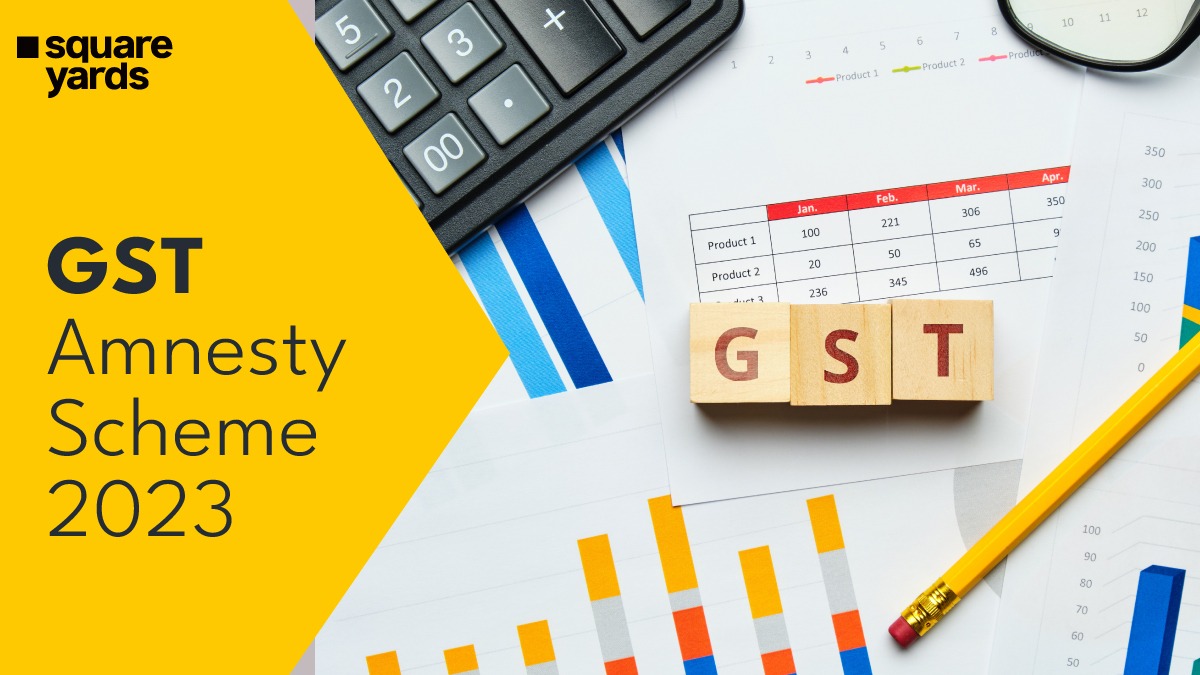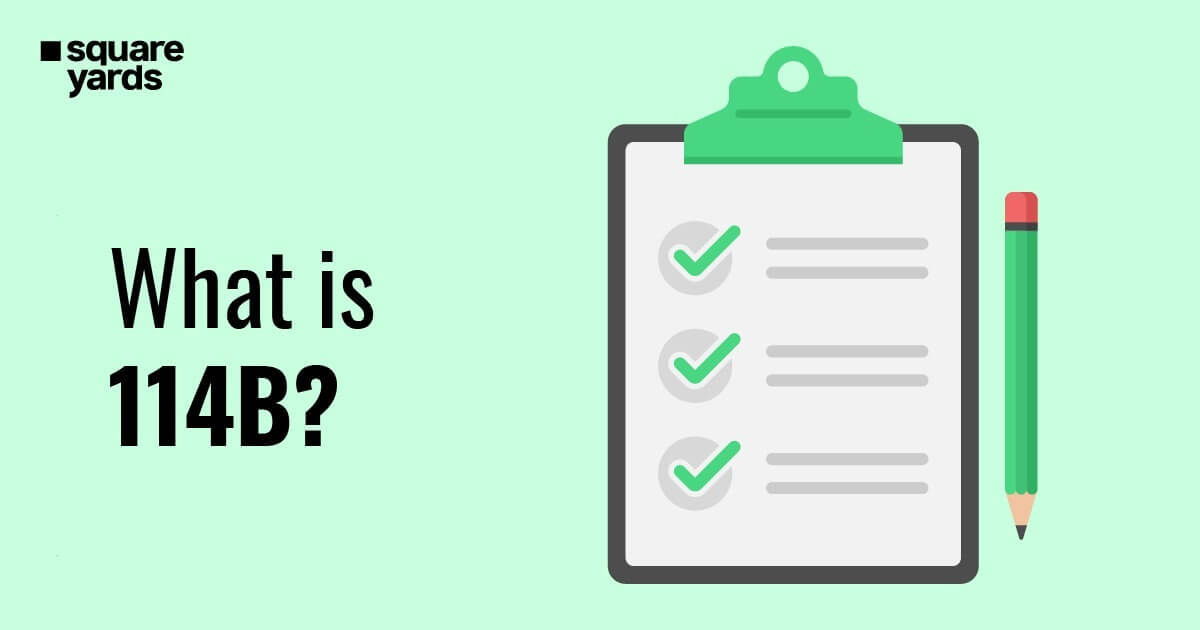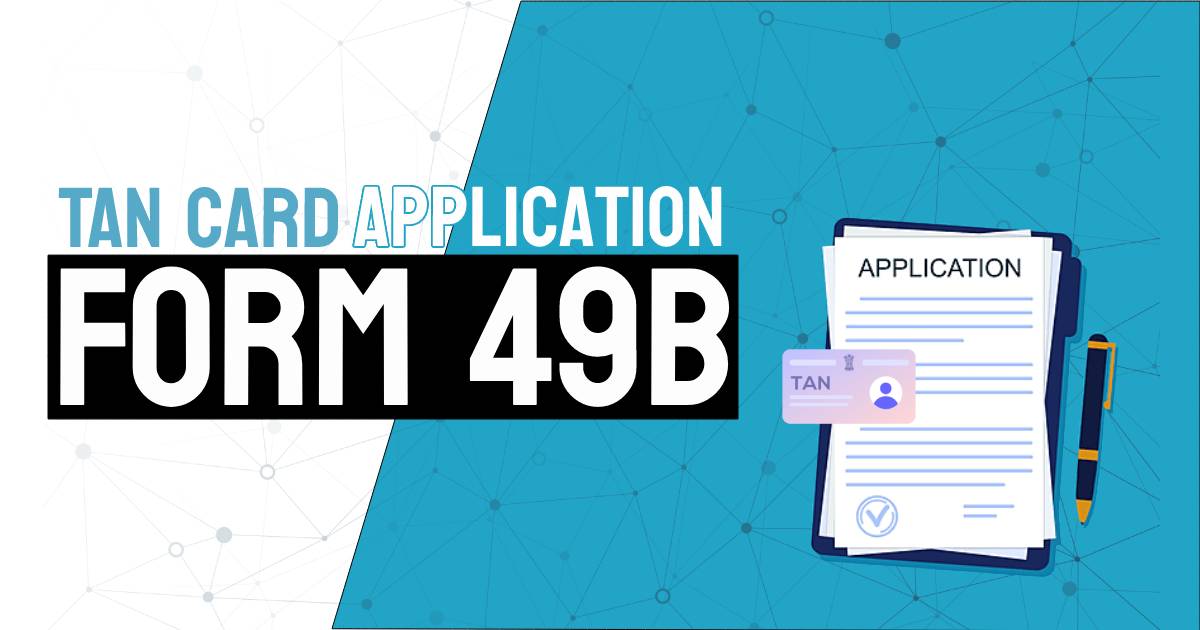Evading direct tax is like evading your social responsibilities!
Direct tax is a tax you pay to the Indian government directly. Whether you are an employee, self-employed, or an entrepreneur, direct taxes are levied on all individuals and establishments.
From ancient times, direct taxes have been imposed on citizens in one form or another. And, through the sands of time, it has evolved manifold.
So, in this article, let’s see what a direct tax is, its different types, benefits, tax rates, and how it is different from indirect tax.
What Do You Mean by Direct Taxes?
A direct tax is that which you, as an individual or establishment, directly pay to the government. Real estate property tax, personal property tax, income tax, tax payable for assets, etc., all come under the direct tax.
Understanding a Direct Tax
- Like in the US, direct taxes in India are also levied on individuals as per their income. This means the higher the income, the more the tax amount.
- These taxes are not transferable. If you or any establishment is liable to pay, then it’s solely your or their responsibility.
- Further, a direct tax is different from an indirect tax, wherein the amount is mostly paid by the end-consumer. Indirect taxes are applicable on small transactions made to the seller.
History of Direct Taxes
Direct taxes have been in India since ancient times. Manu Smriti by Sage Manu and Arthashastra by Kautilya are the two ancient texts that offer evidence of taxation during that time. In Arthashastra, the taxation system is written in a planned manner and is quite elaborate. According to Kautilya, taxes were necessary for providing the king with strength and power.
Direct taxes have seen many changes within the Income Tax Act. Here’s how the direct tax has evolved through centuries:
1860: The British Finance Minister, Sir James Wilson, first introduced direct taxes under the Union Budget. The incomes taxed under this Act included landed properties, trades, securities, salaries, and pensions. However, different contemporary license taxes came in place of this early version of direct tax later on.
1886: A renewed version of the Income Tax Act was introduced, under which tax was levied on salaries, pensions, gratuities, and profits earned by establishments, and other sources of income. This, too, however, was subjected to multiple amendments.
1918: With major changes done, the Income Tax Act of 1886 was further revamped and introduced as the Income Tax Act of 1918.
1922: This year marks not only the introduction of another new Income Tax Act but a proper organization of it via specific nomenclatures demarcated for different income tax authorities. Although it stayed active till 1961, the Indian Government had to send it to the law commission in 1956 owing to its complicated structure, format, and numerous amendments.
1961: Finally, in consultation with the Ministry of Law, the Income Tax Act, 1961 was passed and implemented pan India. With further amendments done each year, it is this Act applies to date. The five taxable income categories under this Act are salary, house property, business profits, capital gains, and income from other sources.
5 Major Types of Direct Tax
The most important types of direct tax are as follows:
1. Income Tax
Income tax depends on two major factors – whether you are earning or not and your age group. That is how the Indian government decides how much you will pay. Further, you must file Income Tax Return (ITR) annually.
Filing ITR is important because it helps you receive TDS refunds and makes you aware of how much tax you will have to pay (if any) despite your investments.
2. Wealth Tax
Based on ownership and market value of properties, wealth tax is levied on corporate taxpayers, HUFs, and individuals. Annually payable, the tax is imposed on the simple fact that you own the property. Any income generation through it is not taken into account.
However, exemptions on wealth tax are allowed for assets like gold deposit bonds, stock holdings, and house or commercial properties on rent for over 300 days or are used for business purposes.
3. Estate Tax
The other name for estate tax is “Inheritance Tax.” It is paid based on the total value of the estate owned by you. Inheritance money is also considered under this tax type.
4. Capital Gains Tax
It is a form of direct tax that you have to pay for your income from the sale of any property, asset, or investments like farms, bonds, shares, businesses, homes, art, etc.
Depending on the holding period of the property, asset or investment, there are long and short-term capital gains taxes, abbreviated as LTCG and STCG, respectively. Any asset sold in a period of 36 months and acquired at the time of sale falls under short-term gains.
LTCG is payable if the income is earned selling properties. However, the property sold must be held for 36 months to qualify as a long-term capital gain.
5. Corporate Tax
It is mandatory for all Indian companies and international companies who earn from the Indian market to pay corporate tax. Any income earned by selling properties, assets, fees, dividends, or interest-based in India is also taxable.
There are 4 types of payable taxes under corporate tax. These include:
- STT (Securities Transaction Tax): You have to pay this tax if your earnings come from any security transaction.
- DDT (Dividend Distribution Tax): If any Indian company declares, distributes, or pays any amount as shareholders, or dividends then DDT is payable by the companies. However, DDT does not apply to international companies.
- Fringe Benefits Tax: Any company that offers benefits for servants like maids and drivers is liable to pay Fringe Benefits Tax.
- MAT (Minimum Alternate Tax): MAT is levied on zero-tax companies who have prepared accounts as per the Companies Act.
Who is Liable to Pay?
Every Indian citizen is liable to pay direct taxes. But the tax rate applied depends on your annual income and the age group you belong to.
If you are not a senior citizen, earning less than Rs. 5 lakh (as per the new income tax slabs applicable from February 1st, 2020), you don’t have to pay any tax. However, you will be taxable at a certain rate if you earn more than Rs. 5 lakh.
Different Types of Direct Tax Interest Rate
Here are the interest rates of the different types of direct tax.
Corporate Tax
Every company, domestic or international, has to pay direct taxes to the government. Let’s take a look at the corporate tax rates for particular business turnovers.
Direct Tax for Domestic companies:
- If the company has a turnover of less than Rs. 250 crores, the corporate tax levied on the company is 25%. But, if the turnover is more than Rs.250 crores, 30% corporate tax is charged.
- A tax of 10% of the taxable income is also levied if the income of the person is between Rs.1 crore and Rs.10 crores.
- If the taxable income of a company is more than Rs.10 crores, then 12% tax is levied.
- 4% of corporate tax is charged as CESS.
Direct Tax for International companies:
- If a company has a turnover of less than Rs.1 crore, corporate tax to be paid by them is 41.2%. The corporate tax for international companies includes a basic tax of 40% and an education CESS of 3%.
- However, if a company has a turnover of less than Rs.1 crore, the tax to be paid by the company is 42.02%, which includes 40% of basic tax, 2% surcharge, and 3% education CESS.
- If the company has a turnover of more than Rs. 10 crores, 5% extra tax apart from the basic tax is levied.
Capital Gains Tax
- As per the normal tax slabs, short-term capital gains are applicable for tax.
- If the Capital Tax Gain is estimated considering indexation benefits, 20% tax is levied on long-term gains.
- And, if the Capital Gain Tax is estimated without acknowledging this benefit, 10% tax is levied on long-term gains.
Wealth Tax
- As per the Wealth Tax Act, 1957, 1% of wealth tax was charged on an annual income of over Rs. 30 lakh per annum.
- The wealth tax amount is determined by the value of the net wealth of the concerned individual. The net wealth is calculated by totaling all the taxable assets and then subtracting the total debt owed by that individual.
- The formula for calculating the net wealth is:
Net Wealth = Total Value of all Assets – Total Value of all Debt.
- The net wealth value is calculated annually on 31st March from the immediately preceding year.
- The wealth tax was abolished on April 1, 2016. It has now been replaced by a 12% surcharge upon individuals/companies with high net worth, HUFs (Hindu Undivided Families), and corporates.
Income Tax Interest Rate
The income tax amount depends upon the age and income of the individual. The Indian government has created different tax slabs based on these same parameters.
However, no income tax or cess is charged for:
- Individuals who earn less than Rs. 2.5 lakh.
- Senior citizens (above 60 years) with a gross income of Rs. 3 lakh.
- Super senior citizens (above 80 years) with a gross income of Rs.5 lakh.
Now, let’s take a look at the payable tax slabs.
|
Annual Income of Individuals and HUFs (below 60) |
Tax Interest Rate | Annual Income of Senior Citizens (above 60) | Tax Interest Rate | Annual Income of Super Senior Citizens (above 80) |
Tax Interest Rate |
|
Rs. 2.5 – 5 lakh |
5% of annual income | Rs.3 – 5 lakh | 5% of annual income | – |
– |
|
Rs.5 – 10 lakh |
20% of annual income + Rs. 12,500 | Rs.5 – 10 lakh | 20% of annual income + Rs.10,500 | Rs.5 – 10 lakh | 20% of annual income |
| Above Rs.10 lakh | 30% of annual income + Rs.1,12,500 | Above Rs.10 lakh | 30% of annual income + Rs.1,10,000 | Above Rs.10 lakh |
30% of annual income + Rs.1 lakh |
Note: 4% cess is levied across all payable income tax slabs.
What is the New Income Tax Slab for Individuals?
Our current finance minister, Mrs. Nirmala Sitharaman, has introduced new tax slabs from February 1st, 2020. Here is the updated version of the new income tax slab for all working individuals. Along with the tax rate, 4% cess is charged for all tax slabs.
|
Tax Interest Rate |
New Income Tax Slab for Individuals |
|
No tax rate |
Till Rs. 2.5 lakh |
| 5% of the annual income |
Rs. 2.5 lakh -Rs. 5 lakh |
|
10% of the annual income |
Rs. 5 lakh – Rs. 7.5 lakh |
| 15% of the annual income |
Rs.7.5 lakh – Rs. 10 lakh |
|
20% of the annual income |
Rs. 10 lakh – Rs. 12.5 lakh |
| 25% of the annual income |
Rs. 12.5 lakh – Rs. 15 lakh |
|
30% of the annual income |
Above Rs. 15 lakh |
Note: All tax rates mentioned in the table above are variable.
What You Need to Know About Direct Tax Code?
Direct Tax Code (DTC) was created to replace the Income Tax Act of 1961. The primary motive is to create a safe environment for all taxpayers offering equality and stability related to laws of direct taxes.
How Would You Explain the Direct Tax Codes?
The essential characteristics of the Direct Tax Code are as follows:
- DTC brings all direct taxes and their features under a systematic, well-consolidated, and unified code.
- Under DTC, tax rates are formulated between its first and fourth schedules. However, relevant changes can be made to these schedules once an Amendment Bill is passed in Parliament.
- It is mandatory for all regulatory authorities to manage and administer every regulatory function under DTC.
- Only 5% of the entire gross income is deducted for political contributions.
- A law under DTC that enables quick responses to any changes and requirements needed to be made for economic development without passing amendment bills every time.
- Special care is given to avoid any contradictions and uncertainty concerning direct taxes, keeping the code safe.
- The tax is payable by employees and not employers.
What are the Differences Between Direct Tax and Indirect Tax?
Here we have summed up some of the biggest differences between direct tax and indirect tax in the table below:
|
In Context With |
Direct Tax | Indirect Tax |
| Taxes imposed on | Profits and income |
To all goods & services |
|
Who pays the taxes? |
All individuals and business persons | Consumers |
| How much to pay? | Variable as per salary and profit |
Equal for all |
|
Are these taxes transferable? |
Not transferable | Transferrable |
| Can we evade tax? | Quite Possible |
Not Possible |
|
Nature of taxes |
Nature is Progressive | Nature is Regressive |
| Collection taxes | Complex collection |
Convenient Collection |
|
Popular Examples |
Income tax, security tax, etc,. |
VAT, excise duty, service tax |
What are the Perks of Direct Taxes?
The 5 major advantages of direct taxes are discussed below.
Socio-economic Equilibrium
Tax slabs created by the Indian government not only help individuals pay taxes as per their income but ensure socio-economic balance in the country, cancelling out any inequalities in income and taxation. The government also offers attractive opportunities to save taxes via diverse investment options.
A Productive Tax
With the increase in the working population, returns for direct taxes have also heightened. It is because of this reason direct taxes are seen as a really productive mode of taxation.
Keeps Inflation at Bay
Direct taxes are an excellent medium to curb inflation. With the government increasing the taxes, demand for goods and services automatically falls, resulting in quicker inflation management.
Transparency and Certainty
Direct tax invokes transparency between the government and the citizens as the respective tax amounts to be received and given are clear on both ends. This offers a sense of certainty and justice to taxpayers, eliminating any duplicity or adulteration.
Equal Distribution of Wealth
The Indian government charges high taxes to individuals and big establishments with a higher income and uses the money for a greater cause of helping the poor and less privileged communities in India. This establishes equal wealth distribution in the country.
Frequently Asked Questions (FAQ)
How Should I Save on My Taxes?
You can show some of your salary portions as deemed non-taxable or invest some of it in funds, insurances, or EMI’s.
What kind of investments can one make to save some amount of Income Tax?
If an individual is investing under Section 80C or 80CC and 80D, they can save some amount of money from being taxed. Tax-saving fixed deposits, investment in NSCs (National Savings Certificates), policies or insurances, employee provident fund, pension provident fund, etc., are some notable investment options that you can choose to save your tax.
What do you mean by a TDS?
Any tax deducted from your salary/dividend/asset before payment is considered as tax deducted at source (TDS). If you are a working professional, TDS is the amount deducted by your employer before you receive your monthly pay.
How will you Define an Assessment Year?
An assessment year means a 12-month term that starts on April 1 of every year and ends on March 31 of next year. The cycle continues until there is some urgency or immediate action to be taken.
Are all Incomes or Receipts Considered Taxable Income?
The answer to this question is NO. There are tax slabs for particular income ranges. However, you will not have to pay any income tax if your annual income is or less than Rs.2.5 lakh. Furthermore, there are two kinds of receipts: A. Receipts generated from revenue, and B. Capital receipts.
Revenue receipts are taxable unless they are specifically excluded from the tax under any valid and legal section. However, capital receipts are, in general, exempt from tax until especially involved.
What is one disadvantage of Direct taxes?
The primary disadvantage of direct taxes is that the complete process of filing the income tax return takes more time alone.
Are direct tax and indirect tax the same? If different, explain with examples.
No, direct tax and indirect tax are not the same. Some examples of direct tax include corporate tax, income tax, wealth tax, expenditure tax, etc., which we pay directly to the government. Examples of indirect tax are excise tax, VAT, service tax, GST, sales tax, customs duty tax, etc., paid by the end customer.
Is Paye a type of direct tax?
Yes, a Paye is a form of direct tax. It’s an income tax deducted by the employer directly from your salary and sent to the revenue.
Is GST an example of direct tax?
No, GST is an example of indirect tax an individual pays to the Indian government.
What is a Direct Tax Code?
Direct Tax Code (DTC) was drafted to replace the Income Tax Act of 1961. The motive behind drafting DTC is to make the Indian direct tax system more efficient and effective.













































